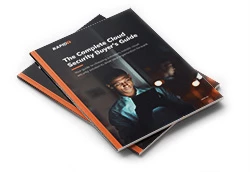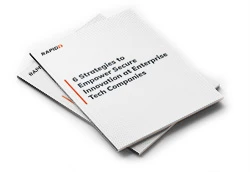Keep dev cycles moving — without sacrificing security
The tech sector leads the pack when it comes to innovating — and innovating fast. But that can often leave security (and cloud security, at that) falling to the wayside. With Rapid7, technology-focused organizations get a practitioner-first solution that prioritizes speed and safety. Analyze, respond to, and remediate risks without a patchwork of solutions or additional costs.
Explore Rapid7 capabilities.
Move teams into the fast lane and shift left. Automation and early detection supports security teams by empowering developers to build with guardrails. Our elite SOC frees your resources by continuously monitoring your attack surface.
Gain a comprehensive understanding of risk across all your cloud and container environments. Remove security blindspots with complete visibility into all ephemeral assets.
Leverage automated security policies to maintain pace without sacrificing safety. Enhance dev cycles by making them “secure by design,” mitigating risky misconfigurations and vulnerabilities.
A trusted name in the security community.
What makes Rapid7 a top-of-the-line cybersecurity partner for tech enterprises? Our deep commitment to putting practitioners first. How? By leveraging automation and early detection to help close the gap between SecOps and DevOps — without slowing production down. Check out these resources that’ll help set your teams on the right track during their cybersecurity journey.

See how we helped Qlik® expand its multi-cloud strategy

Gain clarity into the process of choosing the right cloudsec solution

Find out how to turn cloudsec into an enabler — not a blocker — of innovation
Complete coverage. Single solution. Unmatched value.
Cloud Risk Complete delivers a single experience for managing risk across hybrid environments, so you can move with speed, precision, and a full view of your risk posture. Clearly understand, communicate, and prioritize risk with comprehensive visibility via Executive Risk View. Secure your hybrid environment from development to production; detect and address risk across endpoints, cloud workloads, and traditional infrastructure; and perform dynamic application security testing to remediate application risk, all with a single subscription.

Helping 1500+ technology companies power dev cycles with speed, efficiency, and security. - View Customer Stories





